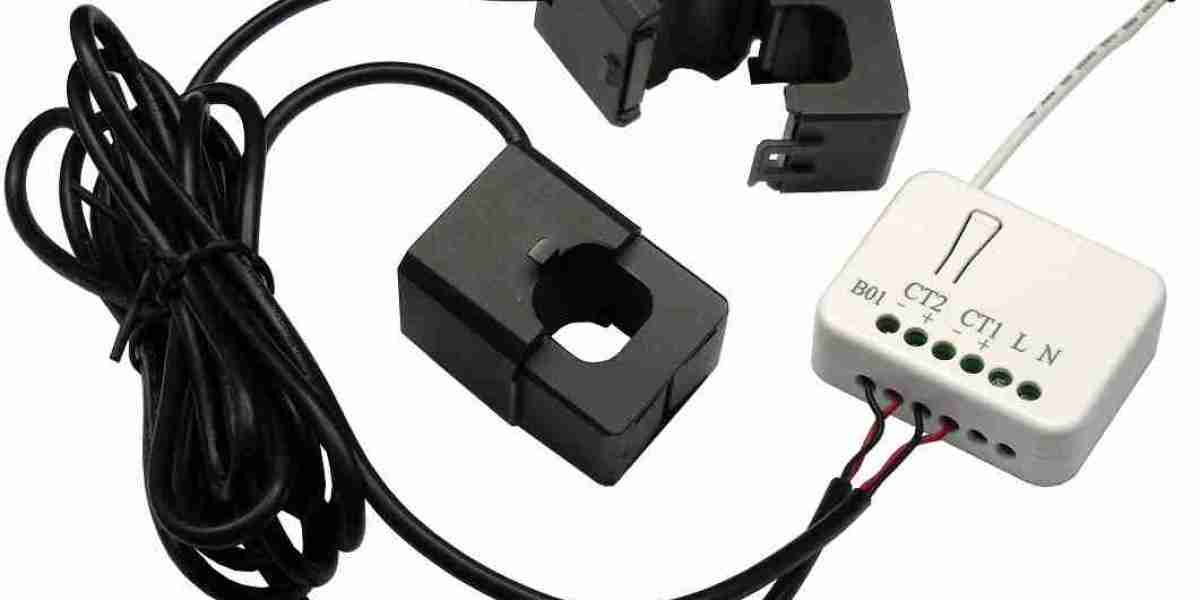Millimeter wave (mmWave) sensors are driving significant advancements in several industries, offering high precision and reliability in applications ranging from telecommunications and automotive to healthcare and industrial automation. These sensors operate in the millimeter-wave frequency band (30 GHz to 300 GHz) and are a key enabler for next-generation technologies. As innovation continues to evolve, mmWave sensors are positioned to reshape various sectors, offering exciting opportunities for businesses and consumers alike. This article explores the latest innovations in the millimeter wave sensors market and how they are driving the future of sensing technologies.
1. Advancements in 5G and 6G Connectivity
The global push for faster, more efficient wireless communication systems is one of the primary drivers of innovation in mmWave sensor technology. With the deployment of 5G networks, there has been a surge in demand for mmWave sensors capable of supporting the high-frequency bands required for ultra-fast data transmission. These sensors enable faster and more reliable connections, which are essential for applications like smart homes, connected vehicles, and the Internet of Things (IoT).
Looking beyond 5G, the future development of 6G technology will rely even more on mmWave sensors to meet the growing demand for increased data speeds and capacity. The need for sensors that can handle terabit-level data transmission, coupled with low latency and high reliability, will drive continued innovation in the millimeter wave sensors market.
2. Automotive Industry: Enabling Autonomous Vehicles
The automotive industry is embracing mmWave sensors as a critical component in the development of autonomous vehicles (AVs) and advanced driver assistance systems (ADAS). These sensors provide essential features like object detection, collision avoidance, and adaptive cruise control, which are crucial for vehicle safety. By emitting high-frequency electromagnetic waves, mmWave sensors can detect objects at long ranges, even in low-visibility conditions like fog, rain, or darkness.
In the coming years, mmWave sensors will evolve to enhance the accuracy and reliability of AVs. For instance, sensor fusion technology, which combines data from mmWave radar, LiDAR, cameras, and ultrasonic sensors, will become more advanced, leading to better decision-making and safer autonomous driving. Additionally, next-generation mmWave sensors will feature higher resolution, greater range, and faster processing speeds to meet the growing demands of fully autonomous vehicles.
3. Healthcare: Revolutionizing Medical Imaging and Diagnostics
Healthcare applications for mmWave sensors are witnessing groundbreaking innovations. These sensors have the potential to revolutionize medical imaging, offering non-invasive, high-resolution scans with minimal radiation exposure. Unlike traditional imaging techniques, such as X-rays or MRIs, mmWave sensors can provide detailed imaging without posing the same risks to patient health. This makes them ideal for applications in cancer detection, neurological disorders, and cardiovascular monitoring.
Moreover, wearable health devices powered by mmWave sensors are emerging as a new frontier in personalized healthcare. These devices can monitor vital signs such as heart rate, blood pressure, and respiratory patterns in real time, offering continuous health tracking for patients and helping doctors detect early warning signs of diseases. As these technologies continue to mature, the adoption of mmWave sensors in healthcare will expand, making medical diagnostics more accurate, accessible, and efficient.
4. Industrial Automation: Smart Factories and Predictive Maintenance
In the industrial sector, millimeter wave sensors are becoming integral to the evolution of smart factories and Industry 4.0. As more manufacturing processes become automated, mmWave sensors are used to improve efficiency, safety, and product quality. These sensors are capable of detecting minute changes in materials and components, making them ideal for quality control and process monitoring in real-time.
In predictive maintenance, mmWave sensors enable manufacturers to monitor the health of equipment and machinery, predicting failures before they happen. This capability helps reduce downtime, avoid costly repairs, and improve overall operational efficiency. Innovations in mmWave sensor technology, such as improved sensitivity and integration with AI-driven systems, will continue to enhance predictive maintenance capabilities, enabling smarter, more cost-effective factory operations.
5. IoT Integration: Expanding the Reach of Smart Devices
The growth of the Internet of Things (IoT) is creating new opportunities for mmWave sensors in a wide range of applications. These sensors are being integrated into IoT devices to enable real-time data collection, environmental monitoring, and smart interactions. The ability of mmWave sensors to provide precise, high-resolution data, even in challenging environments, is making them an essential component in the development of smart cities, smart homes, and other connected systems.
In smart cities, mmWave sensors will support a variety of applications, from traffic management and smart parking to environmental monitoring and waste management. These sensors can provide high-fidelity data that helps optimize urban infrastructure and improve the quality of life for citizens. As the IoT ecosystem expands, mmWave sensors will be essential for enabling seamless communication and improving the functionality of connected devices.
6. Miniaturization and Cost Reduction
One of the most significant innovations in the mmWave sensors market is the trend towards miniaturization and cost reduction. As sensor technology advances, mmWave sensors are becoming smaller, more compact, and less expensive to manufacture. This reduction in size and cost is opening up new possibilities for using mmWave sensors in consumer electronics, personal devices, and other applications where space and budget constraints were previously limiting factors.
For example, miniaturized mmWave sensors are increasingly being used in smartphones, wearable devices, and drones, expanding the market for these sensors beyond traditional high-end applications. As economies of scale improve and manufacturing processes become more efficient, the cost of mmWave sensors will continue to fall, making them more accessible to a wider range of industries.
7. Advanced Sensor Fusion and AI Integration
Sensor fusion—the process of combining data from multiple types of sensors—will be a key trend in the future of mmWave sensor technology. By integrating data from LiDAR, radar, cameras, and ultrasonic sensors, mmWave sensors will offer a more comprehensive understanding of the environment, leading to more accurate decision-making and enhanced system performance.
The integration of artificial intelligence (AI) and machine learning (ML) with mmWave sensors will further improve their capabilities. AI algorithms will analyze sensor data in real-time, enabling systems to make intelligent decisions based on the information gathered by mmWave sensors. This will be particularly impactful in autonomous systems, robotics, and security applications, where quick, accurate data interpretation is essential for optimal performance.
8. Environmental Monitoring and Sustainability
As environmental concerns continue to rise, mmWave sensors will play an important role in sustainability efforts. These sensors are already being used for pollution monitoring, tracking greenhouse gas emissions, and assessing climate change. In the future, mmWave sensors will be increasingly integrated into environmental monitoring systems to detect air quality, water contamination, and deforestation, helping to address global environmental challenges.
In addition, the use of mmWave sensors in smart grids and energy-efficient buildings will contribute to reducing energy consumption and promoting sustainability. By accurately measuring energy usage and optimizing system performance, mmWave sensors will help industries and consumers lower their carbon footprints and transition to more sustainable practices.
Final Thoughts
The future of the millimeter wave sensors market is bright, driven by rapid technological advancements and increasing demand for high-performance sensors across various industries. Innovations in connectivity, healthcare, automotive, industrial automation, and environmental monitoring are just the beginning of what is possible with mmWave sensor technology. As sensor miniaturization, cost reduction, AI integration, and sensor fusion continue to evolve, these sensors will become even more pervasive, shaping the future of sensing technologies and driving transformative changes across sectors.




